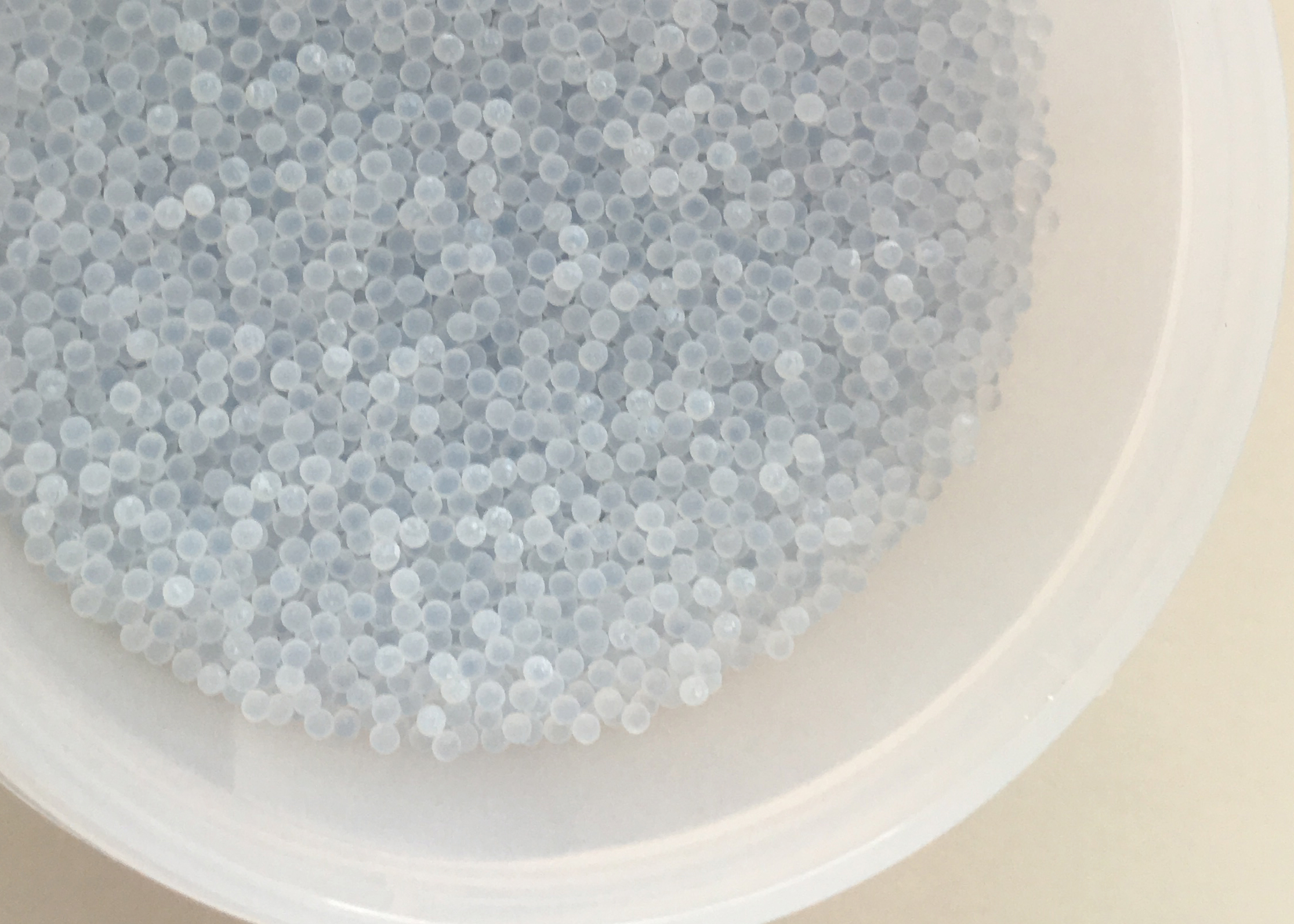The degradation of man-made pollutants in low concentrations, so-called organic trace substances or micropollutants, is increasingly gaining priority in water treatment. In Switzerland, the corresponding expansion of larger wastewater treatment plants is already mandatory, in California and other industrialized regions it is partly implemented as a precautionary measure.
In municipal wastewater treatment plants, activated carbon adsorption and ozone treatment are currently the state of the art for the removal of trace substances. For industrial wastewater streams, process water and private households, a wide range of other technologies are being researched and are finding their market under the respective legal regulations and requirements.
The oxidative degradation of micropollutants on a titanium dioxide catalyst, activated by UVA‑LEDs (light emitting diodes), has been investigated at Fraunhofer IGB on behalf of PMK Kunststoffverarbeitungs GmbH from Geisingen‑Gutmadingen and compared with advanced oxidation using hydrogen peroxide and mercury UVC emitters – a classical AOP process. For this purpose, the performance of the catalyst was demonstrated first followed by optimization of the operating parameters. Volume flow, irradiance and oxidizing additives were varied according to the statistical design of experiment. The degradation of drug residues was demonstrated at the optimized operating point.
The specific methods and the oxidation reactor of PMK Kunststoffverarbeitungs GmbH are now available at the IGB for degradation studies.
 Fraunhofer Institute for Interfacial Engineering and Biotechnology IGB
Fraunhofer Institute for Interfacial Engineering and Biotechnology IGB